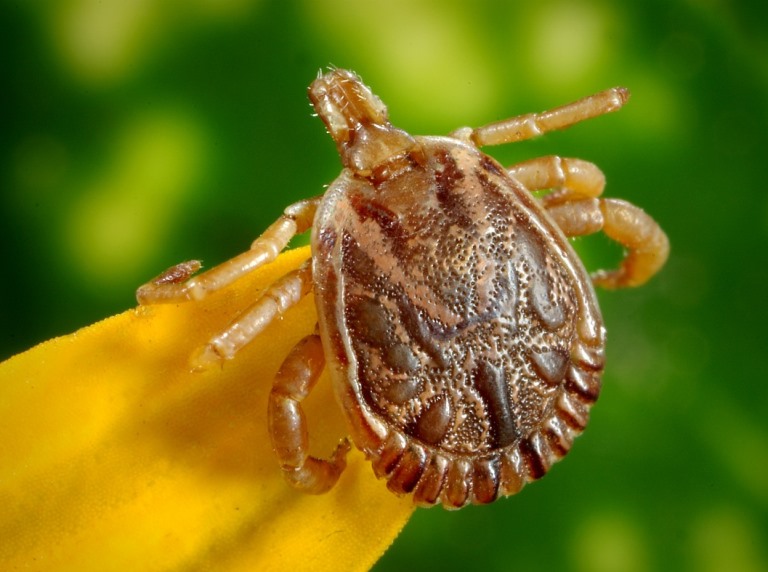Borrelia burgdorferi, which usually causes a red, circular rash around the bite, as well as fever, headache and fatigue, was detected in more than 1,000 people in the UK last year. However, this number only shows laboratory-confirmed infections and does not include the thousands of patients who had Lyme disease but were not tested. Experts urge people to take extra care and attention when outdoors in the spring and summer, warning that the rare disease is becoming more common across England.
Since the first confirmed case in the UK in 1985, the incidence of Lyme disease has been steadily increasing. According to 2022 UKHSA data, there have been 1,156 laboratory confirmed cases of Lyme disease in England and Wales.
Nearly three-quarters of the country (72.6 per cent) were infected last year, and only 84 of the more than 300 areas in England remain free of Lyme disease. Somerset was the worst affected region in the country with 32 cases, followed by Dorset (21), Bristol (20) and Wiltshire (19). Bath and North East Somerset (17), Hammersmith and Fulham (17), Winchester (16) and New Forest (15) also had over a dozen cases, as did Somerset West and Taunton (15).
But in addition to these laboratory-confirmed cases, it is estimated that bacterial infections cause an additional 1,000 to 2,000 cases each year.
As a result, Lyme disease affects between 3,000 and 4,000 people in England and Wales each year, according to the Lyme Disease UK charity. However, the organization cautions that this is still only a conservative estimate. Due to lack of knowledge about the disease and misdiagnosis, the true condition may be much more than that. According to a research study published in the BMJ Open in 2019, the number may be three times higher than the official statistics.
Natasha Metcalfe, co-founder and chair of Lyme Disease UK, urges people to protect themselves from the disease. “We don’t want people to be afraid to enjoy the outdoors, we want people to go out armed with the facts and knowledge they need to protect themselves and others from Lyme disease,” he said.
“Early detection is key and getting the message out to the public is even more important. The bacteria are spread by ticks, which can be found in every county in the UK, but mainly live in grassy areas of woodland, city parks and gardens.”
About 10 percent of ticks in the UK are thought to carry Lyme disease, an infection caused by the bacterium Borrelia burgdorferi, which is spread through their bite.
source: daily Mail












































